#launch
Explore tagged Tumblr posts
Text


Yesterday, I shared these cute doodles I made of Launch thanking my Bluesky followers for the love on my drawing of her posted on the 17th (it gained a lot of attention there vs my other socials).
5 notes
·
View notes
Text


















Some of the Dragon Ball photocards I've been working on for the past year. These have been huge hits at conventions, and I'm so excited to dive into more.
What character should be next?
#dragon ball#dragon ball z#son goku#vegeta#piccolo#bulma#chichi#krillin#android 18#son gohan#videl#tien shinhan#yamcha#android 17#launch#mr satan#buu#trunks#son goten#oolong#puar#my drawings
1K notes
·
View notes
Text
Launch (Dragon Ball)


Name: Launch
Series: Dragon Ball
Gender: Female
Status: Alive
Family: The Z Fighters (Chosen Family)
Flower Motif: Chinese Fringe Flower (Loropetalum chinense)
Flower Meaning: Duality
Weapon of Choice: Dual Bladed Spear (The two can combine- blue haired uses the spear as a single blade, blonde haired uses the spear as two blades)
Associated With: Interdimensional Hero Club
Hero Form Appearance: A combo of a feisty warrior’s armor, a gentle mage’s clothes, and YuYuYu’s Hero Form Outfits. The undersuit of the outfit is a surprising choice- a light, pastel green! The main outfit is magenta, which becomes a lighter magenta when you reach the lower half of the sleeves, the lower half of the pants, and the tailcoat. Accent colors include white, black, gray, silver; gold, green, and yellow. The shoes, gloves, and Launch’s signature headband all have patterns of Chinese fringe flowers on them, and the only other accessory is a Chinese fringe flower brooch on Launch’s left breast. The flower’s petal shape can be seen in the tailcoat and collar.
Full Bloom Gauge Location: Right Elbow
Guardian: Windi (Based on the Wendigo from Algonquian Folklore)
Favorite Food: It would have to be Chi Chi’s cooking!
Parallel To: None
Bio: Launch is a woman with a strange disorder which causes her to switch between two different personalities each time she sneezes. Her first personality is a sweet, blue haired woman, who is pure-hearted. Her other personality is an angry, trigger-happy, blonde haired woman, who commits crimes for money and is quick to respond with gunfire when angered. Neither of Launch's personalities remembers the other's actions, or anything they said.
#crossover#shueisha#yuuki yuuna wa yuusha de aru#yuyuyu#weekly shonen jump#wsj#yuuki yuuna is a hero#yuki yuna au#yuyuyu au#character bio#yuki yuna is a hero#flower#flowers#yuki yuna#launch#db launch#dragon ball#db#dbz#dbs#dragon ball z#dragon ball super#Chinese fringe flower#Loropetalum chinense
10 notes
·
View notes
Text

2K notes
·
View notes
Text
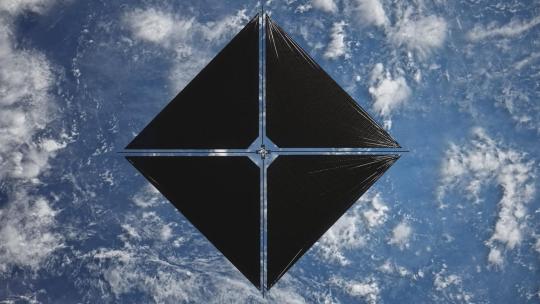
Setting Sail to Travel Through Space: 5 Things to Know about our New Mission
Our Advanced Composite Solar Sail System will launch aboard Rocket Lab’s Electron rocket from the company’s Launch Complex 1 in Māhia, New Zealand no earlier than April 23, at 6 p.m. EDT. This mission will demonstrate the use of innovative materials and structures to deploy a next-generation solar sail from a CubeSat in low Earth orbit.
Here are five things to know about this upcoming mission:
1. Sailing on Sunshine
Solar sails use the pressure of sunlight for propulsion much like sailboats harness the wind, eliminating the need for rocket fuel after the spacecraft has launched. If all goes according to plan, this technology demonstration will help us test how the solar sail shape and design work in different orbits.
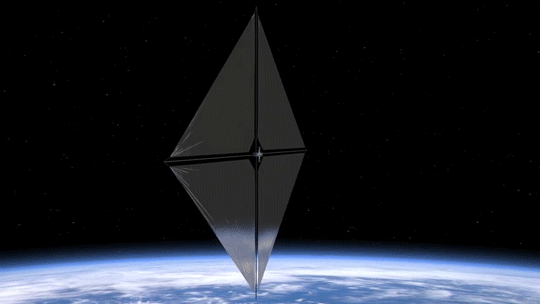
2. Small Package, Big Impact
The Advanced Composite Solar Sail System spacecraft is a CubeSat the size of a microwave, but when the package inside is fully unfurled, it will measure about 860 square feet (80 square meters) which is about the size of six parking spots. Once fully deployed, it will be the biggest, functional solar sail system – capable of controlled propulsion maneuvers – to be tested in space.
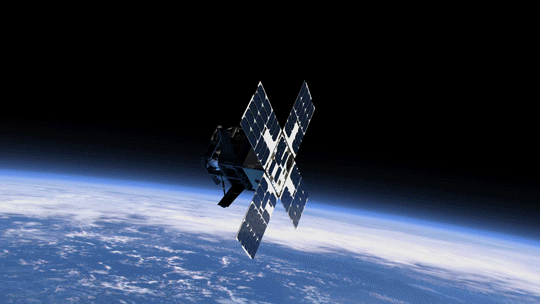
3. Second NASA Solar Sail in Space
If successful, the Advanced Composite Solar Sail System will be the second NASA solar sail to deploy in space, and not only will it be much larger, but this system will also test navigation capabilities to change the spacecraft’s orbit. This will help us gather data for future missions with even larger sails.
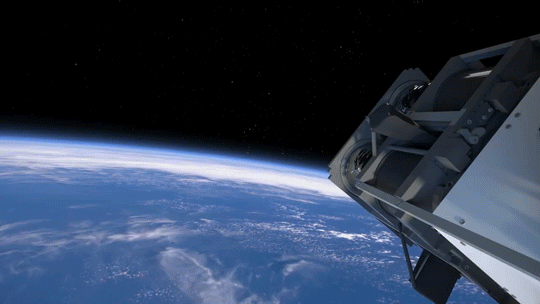
4. BOOM: Stronger, Lighter Booms
Just like a sailboat mast supports its cloth sails, a solar sail has support beams called booms that provide structure. The Advanced Composite Solar Sail System mission’s primary objective is to deploy a new type of boom. These booms are made from flexible polymer and carbon fiber materials that are stiffer and 75% lighter than previous boom designs. They can also be flattened and rolled like a tape measure. Two booms spanning the diagonal of the square (23 feet or about 7 meters in length) could be rolled up and fit into the palm of your hand!

5. It’s a bird...it’s a plane...it’s our solar sail!
About one to two months after launch, the Advanced Composite Solar Sail System spacecraft will deploy its booms and unfurl its solar sail. Because of its large size and reflective material, the spacecraft may be visible from Earth with the naked eye if the lighting conditions and orientation are just right!
To learn more about this mission that will inform future space travel and expand our understanding of our Sun and solar system, visit https://www.nasa.gov/mission/acs3/.
Make sure to follow us on Tumblr for your regular dose of space!
2K notes
·
View notes
Text










Some of my Dragon Ball headcanons <3
#please ignore my spelling/grammar errors#fabtrash headcanons#dbz headcanon#dragon ball#dragon ball z#dbz#dragon ball gt#dbgt#dragon ball super#dbs#son goku#bulma briefs#vegeta#piccolo#chichi#Android 17#tien shinhan#launch#bulla briefs#Tarble#king vegeta#Janet#janolo#Vegebul#suno#raditz
1K notes
·
View notes
Text

27-1-25
#moleskine#sketchbook#sketch#daily#dailyart#dailydrawing#dailypainting#dailysketch#sketchaday#artoftheday#art#artbook#artists on tumblr#watercolor#gouache#painting#fineliner#drawing#jeep#rocket#launch#desert
426 notes
·
View notes
Text







she's so cute. she's so cute i love her.
605 notes
·
View notes
Text




not much but the people on the bird app really liked these so i might as well post them here
#i love ena#favorite little creature#so obviously i had to enafy some dragon ball characters#i imagine the vegeta side on vegito sounds like meanie ena#and the goku side on gogeta just. sounds like Masako Nozawa#smub art#dragon ball#dbz#dragon ball z#son goku#vegeta#launch#gogeta#vegito#fused zamasu
294 notes
·
View notes
Text

First Space Shuttle launched 44 years ago.
STS-1 Columbia, 1981
297 notes
·
View notes
Text

thinking abt tien lately
#tien#tien shinhan#tenshinhan#ten shin han#how many fking tags do i need....#ten shinhan#launch#db#dbz#my art#my fanart#chiaotzu
221 notes
·
View notes
Text

570 notes
·
View notes
Text

Are you ready to visit the past? . . . «The database has been recovered.» All of us at ALTERNA ■■■■■■■■ LAB are happy to share our FINISHED RESEARCH after months of arduous work! Now, let's all ■■■■ towards a BRIGHT FUTURE, together... « FINISHED RESEARCH: https://heyzine.com/flip-book/d0c766f655.html » « Information Hub: https://alternazine.carrd.co » « Graphics by @rebiisea. All rights reserved. »
499 notes
·
View notes
Text

763 notes
·
View notes
Text
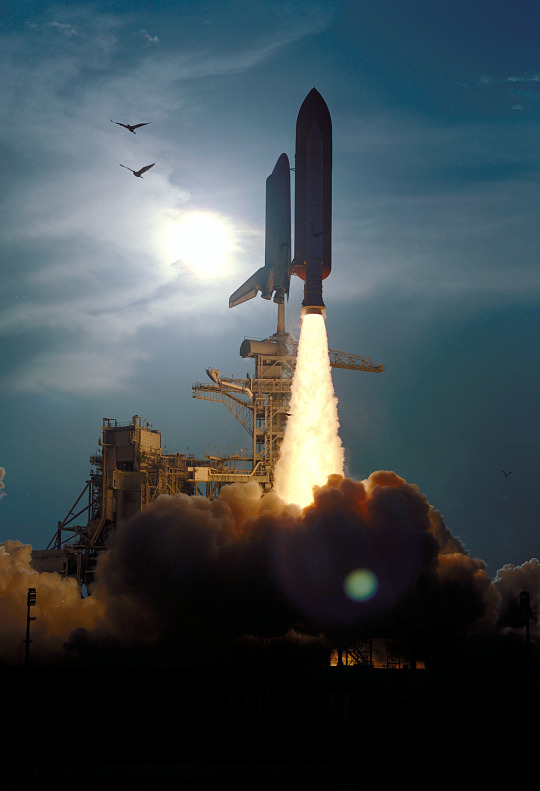
NASA
STS-64 Launch
567 notes
·
View notes